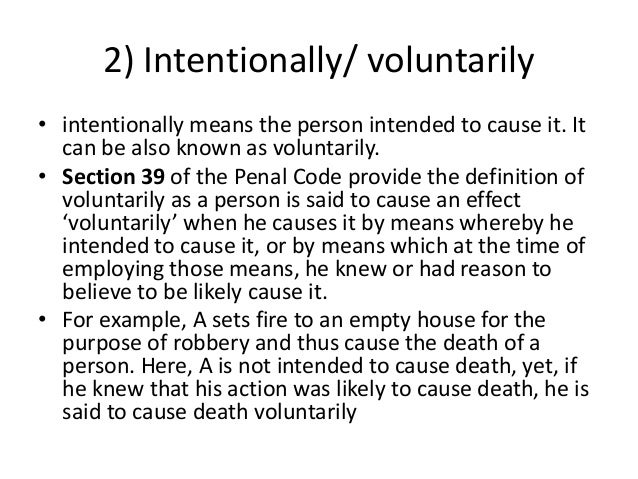

Let's say a there is a victim who is an executive at a highly-connected financial firm. A defendant, who is his executive supervisor, became involved in an illegal financial insider trading practice that violated federal law. We will use a hypothetical situation to show conduct that is prohibited under 18 U.S.C. Case Examples of a Federal Extortion Offense The threatened harm can be to the victim's reputation or to any information that would negatively affect their business. It should be noted that the threat has to be an actual threat, and the potential harm is normally economic, but it includes other types of harm as well. This crime involves threats of some type of harm, either economic or physical, that are accomplished by using wire transmissions, like email, text messages, computer chats, or other interstate or foreign communications. Department of Justice is for Interstate Communications, under the related statute 18 U.S.C. For example, this statute provides penalties for any person who demands or receives money, or something of value, made under threats of informing, or consideration for not informing, against violations of federal laws.Ī common blackmail or extortion threat prosecuted by a federal prosecutor within the U.S. § 873 describes a specific subset of blackmail or extortion that is a federal offense.

In other words, blackmail and extortion is the criminal conduct of demanding money from another person in exchange for not reporting something – or to keep something secret – such as potentially embarrassing information about the person.ġ8 U.S.C. This could include money or some other non-tangible benefit. Typically, the threat of potential harm is done in an effort to obtain something of value. Generally, the federal crime of “blackmail” has become more commonly known as “extortion.” The crime of extortion is making threats to do something, or disclose something, that will in some way harm the victim of the threat. Federal Crime of Blackmail and Extortion – 18 U.S.C.


 0 kommentar(er)
0 kommentar(er)
